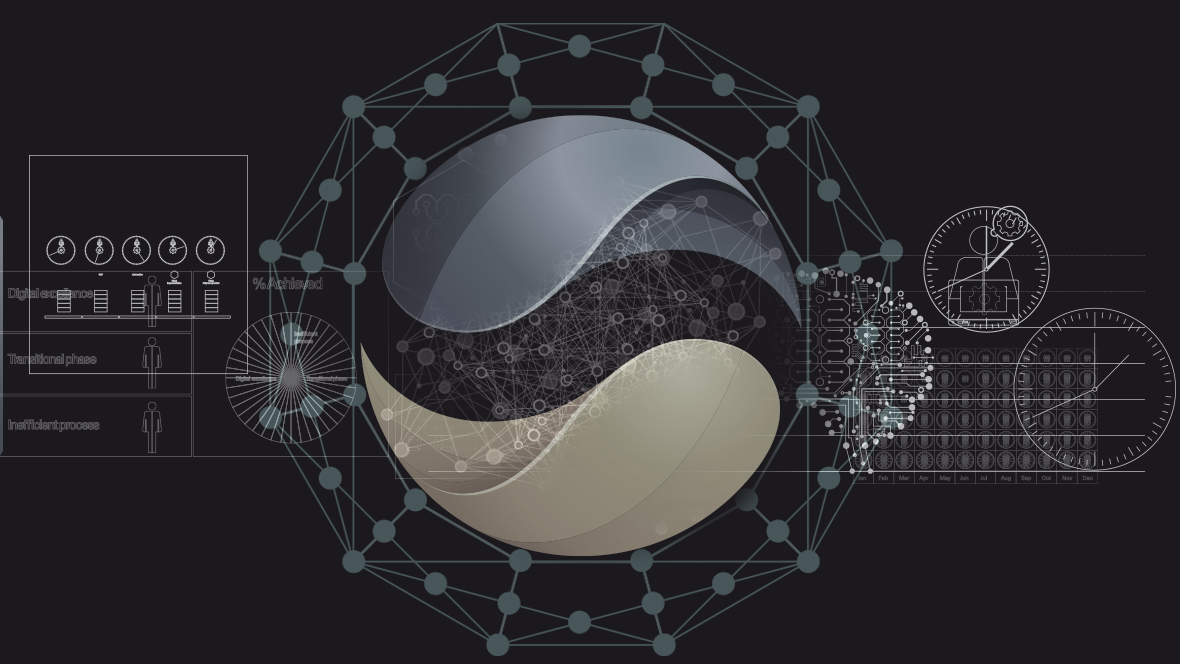What’s the difference between Digital Adoption and Digital Experience?
Digital Adoption and Digital Experience are two distinct concepts related to the use and interaction with digital technologies. While they are interconnected, they refer to different aspects of the user’s interaction with technology.

Digital adoption is about effectively introducing and integrating new technology, ensuring users can fully utilize its features, while digital experience revolves around creating a user-friendly, engaging, and satisfying interaction with the technology.
- Digital Adoption: Digital adoption refers to the process of successfully integrating and using new digital tools, software, or technologies within an organization or by individual users. It’s about ensuring that users understand and utilize the full capabilities of a digital product or service.
Digital adoption involves overcoming challenges like learning curves, resistance to change, and confusion that users might experience when adapting to new technologies. Successful digital adoption ensures that users are comfortable with and proficient in using the technology to its fullest extent.
- Digital Experience: Digital experience, on the other hand, is the overall interaction that users have with a digital product, service, or platform. It encompasses all aspects of a user’s engagement, including usability, design, ease of navigation, responsiveness, and the emotional and sensory response elicited during their interaction.
Digital experience focuses on providing users with a positive, seamless, and engaging journey while using digital tools. It considers factors like user interface design, user journey mapping, personalization, and the overall satisfaction and emotional connection users have with the technology.
Both concepts are crucial for organizations to ensure the successful implementation and usage of digital tools and to create positive relationships with their users.
